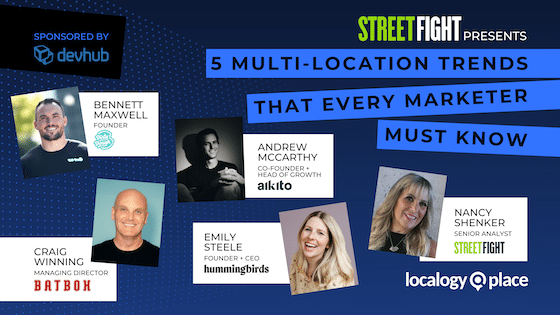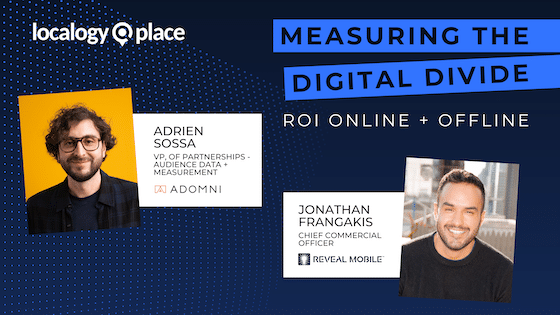Since Apple launched its long-anticipated Vision Pro last month, the interweb has been clogged with wannabe punditry. Everyone has an opinion and is suddenly an expert on AR and spatial computing. As we wrote recently, beware of analysis from anyone who hasn’t touched the device, or isn’t versed in AR.
So why should you listen to us? We haven’t worn the device, but are quite versed in AR. For example, I founded an AR research firm and trade pub in 2017, and have operated it since then as a side hustle. Based on these qualifications, we’ll stick to AR market positioning versus specs-level hardware analysis.
With that backdrop, what is Vision Pro? Who’s it meant for? And how does it fit into Apple’s future-proofing plan for its hardware business? The TLDR version is that Apple, true to form, is playing a long game. Don’t dwell on AVP and its price tag, but rather its role in a signature Apple product lifecycle.
Historical Evidence
Starting with the price tag, this has been the biggest bone of contention. Back to all those breathless editorials from AR noobs, no one cares about your proclamations that you won’t be buying it, including Apple. This device isn’t for you. It’s to plant a flag in the sand for a first-generation device… Apple’s way.
This involves demonstrating what’s possible at any cost, then iterating through several generations to lower cost and boost capability. In that progression, the device will carry Apple’s signature exclusivity vibe, with scarcity dictated by a demand-constraining price (and some supply-chain bottlenecks).
This period of artificially-engineered elite status will drive the device’s cachet for several successive generations. This reminds us of Tesla’s strategy. It was cost-prohibitive at first, endowing a certain elite status. When the price came down and supply went up, a flood of built-up demand fueled years of sales.
Perhaps a better example is Apple itself. As Localogy president Bill Dinan pointed out in a recent analyst mind-meld, early Apple computers were also exorbitantly priced. I dug deeper to find that an Apple 2 with 48k of RAM was initially US$2,638 which is the equivalent of $12,739 in today’s dollars.
According to Dinan:
“It’s like the Mac version 1 of headsets. That first Mac was crazy expensive and a big box. But it was what it did that drew the users in… and then Apple refined and move forward from that old Mac and the original clunky iPod. For Apple Vision Pro, everyone is keying on the headset. It’s not about the headset. It’s about the tech in the headset. It’s a major step forward in spatial computing and unlocking the limitations of a computer screen.”
Further supporting the theory behind an elite/exclusive product persona, it was revealed this week that AVP’s sales process will carry the same vibe. It will be a “velvet rope” experience, requiring an appointment – sort of like the way you buy high-end jewelry or, again, a new Tesla.
Tall Order
Speaking of jewelry, AVP fits into another key factor: wearables. Stepping back, Apple’s game plan these days is all about revenue diversification. As global smartphones reach maturity and revenue deceleration, Apple has to find other ways to maintain growth – a tall order considering its operational scale.
The answer to that dilemma so far has been wearables and services. AVP feeds into both. For wearables, revenue growth each quarter comes close to counterbalancing the declining growth for the iPhone. For that reason, wearables hold a great deal of importance and political capital in Cupertino.
AVP fits right into wearables in that it supplements the sensory experiences in Watch and AirPods. Visuals now join spatial audio and Watch-driven biometrics (think: immersive fitness). And Apple’s signature ARPU-boosting ecosystem approach will rule… own all devices for continuity and synergy.
For services, which include entertainment like AppleTV+, AVP is positioned as an elite and immersive consumption experience. This was one of Apple’s biggest points of emphasis in the AVP unveiling, including massive virtual screens (Apple finally developed a TV), and serine viewing environments.
Moreover, Apple will cultivate a use case around sports, including courtside seats for 180-degree immersive viewing. These dots can be connected if you look at its acquisition of NextVR, as well as its MLS streaming rights. It will sell front-row seats for A/V-rich immersive viewing across various sports.
Think of watching hockey in a front-row seat, with the visceral sights and sounds of players colliding into the boards in front of you. And you’ll be able to pick from several vantage points. For some fans, a $9 ticket or larger season pass, beats the heck out of several hundreds of dollars (all-in) to attend IRL.
Massive Targets
The beauty of that $9 virtual hockey ticket is that it scales. It eliminates supply constraints in any given sport, including proximity and venue size. And this is the type of scalable revenue that Apple needs to counterbalance iPhone revenue deceleration. Its size means that it has to shoot for massive targets.
In that sense, AVP will accelerate or initiate other major industry disruptions. Beyond entertainment, that includes its existing forays into healthcare and fitness with Apple Watch (again, device continuity). And several others will follow – some already mapped in Apple’s master plan, and others to be discovered.
That plus hardware sales and other cascading revenue streams is where Apple is headed. AVP won’t replace the iPhone as a ubiquitous device, but it will be a key part of the puzzle for Apple’s signature multi-device ecosystem approach. And like the Mac and iPhone, that will take several years.
Or as bonafide AR and VR expert Ben Lang said (after actually using the device):
“With this first-gen headset, Apple has planted a flag in the ground with Vision Pro, saying, ‘we want the MR experience to be at least this good, regardless of what it costs’. From here the goal is clear: make it smaller, better, and cheaper. And if they keep doing that, future iterations of AVP will become increasingly valuable and increasingly accessible to more and more people. If this is the bar they’re setting for themselves (and by extension, the rest of the XR industry), then the future is looking very bright… even if it’s not quite here yet.”



